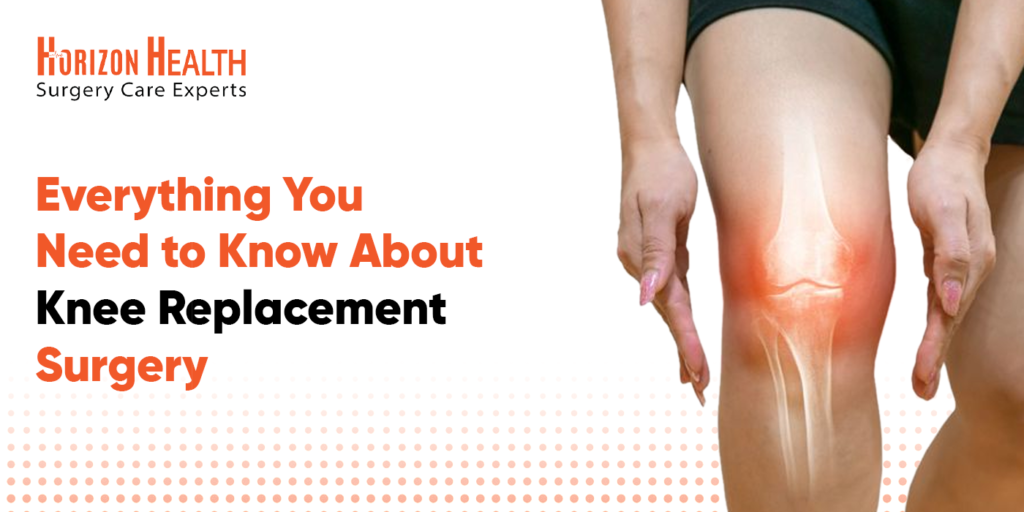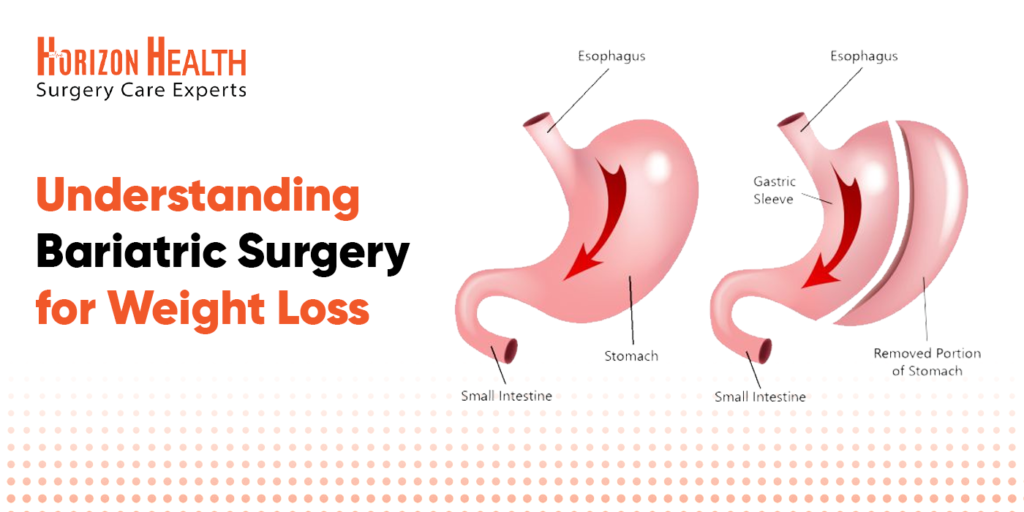When Is the Right Time for a Hip Replacement?
When Is the Right Time for a Hip Replacement?
Hip pain can significantly impact daily activities, limiting mobility and reducing the overall quality of life. While conservative treatments such as medications, physical therapy, and lifestyle modifications can help manage symptoms, there comes a point when hip replacement surgery may be the best option. But how do you know when it’s the right time for a hip replacement? Understanding the signs, benefits, and recovery process can help you make an informed decision about your health.

Understanding Hip Replacement Surgery
Hip replacement surgery, also known as total hip arthroplasty, is a procedure in which a damaged or worn-out hip joint is replaced with an artificial implant. It is often recommended for individuals suffering from severe hip pain due to arthritis, injury, or other degenerative conditions that do not respond to non-surgical treatments. The goal of hip replacement is to restore function, reduce pain, and improve the patient’s overall quality of life.
Signs That You May Need a Hip Replacement
Persistent hip pain that does not improve with rest, medication, or therapy could be a sign that your hip joint is deteriorating. If you experience difficulty walking, climbing stairs, or getting in and out of a chair due to hip stiffness or weakness, it may indicate the need for surgery. Pain that persists even when resting or sleeping suggests that joint damage is severe and requires medical intervention. A reduced quality of life, where hip pain prevents you from performing daily activities, working, or enjoying hobbies, is another factor to consider. If medications, physical therapy, injections, and other treatments fail to provide long-term relief, surgery may be necessary. Joint deformity or structural damage observed in X-rays, revealing bone-on-bone contact, severe arthritis, or joint deformities, also indicates that the hip is beyond repair and requires replacement.
When to Consider Hip Replacement Surgery
Deciding the right time for hip replacement surgery depends on several factors, including the severity of symptoms, impact on daily life, and response to previous treatments. If pain is severe enough to limit daily function and affect mental well-being, it may be time for surgery. While hip replacements are commonly performed in individuals over 50, younger patients with severe hip conditions may also benefit from surgery. Your overall health, bone density, and ability to recover should be assessed by your doctor. If hip pain makes it difficult to perform routine tasks such as dressing, cooking, or driving, a hip replacement can help restore independence.
Benefits of Hip Replacement Surgery
Hip replacement surgery provides significant relief by eliminating or drastically reducing chronic hip pain. Patients regain the ability to move freely, walk comfortably, and perform daily tasks with ease. The ability to return to normal activities and hobbies contributes to a more active and fulfilling lifestyle. Modern hip implants are durable, lasting 15-20 years or more with proper care, making hip replacement a long-term solution for severe joint issues.
Types of Hip Replacement Surgery
Total hip replacement (THR) involves replacing both the femoral head and hip socket with artificial components. Partial hip replacement, also known as hemiarthroplasty, replaces only the femoral head while keeping the natural hip socket intact. Minimally invasive hip replacement is a modern approach that uses smaller incisions for quicker recovery and less tissue damage.
Recovery and Rehabilitation
Recovery from hip replacement surgery involves several stages, and following post-operative care guidelines is crucial for successful healing.
During the hospital stay and early recovery phase, most patients remain in the hospital for one to three days after surgery. Pain management and physical therapy begin almost immediately to prevent stiffness. Patients may use a walker or crutches for support to avoid putting too much pressure on the new hip joint.
Rehabilitation and physical therapy are essential for regaining strength and mobility. Physical therapy sessions focus on improving flexibility, stability, and balance. Most patients can return to light activities within four to six weeks, gradually resuming more extensive movements as healing progresses.
Long-term recovery generally takes three to six months. Patients should continue exercise programs and avoid high-impact activities that could put stress on the new hip. Lifestyle changes such as maintaining a healthy weight and engaging in joint-friendly activities like swimming or cycling can help prolong the lifespan of the new hip.
Conclusion
Deciding when to have a hip replacement is a personal choice that should be made in consultation with a healthcare provider. If pain, stiffness, and reduced mobility significantly impact your daily life, and conservative treatments are no longer effective, surgery may be the best option for restoring your quality of life. At Horizon Healthcare, our expert orthopedic specialists provide comprehensive evaluations and personalized treatment plans to help you determine the right course of action. Contact us today to schedule a consultation and take the first step toward a pain-free, active life.







